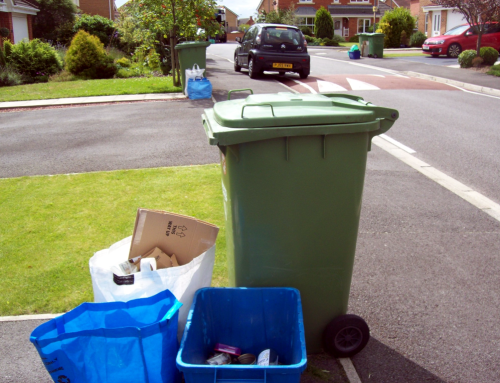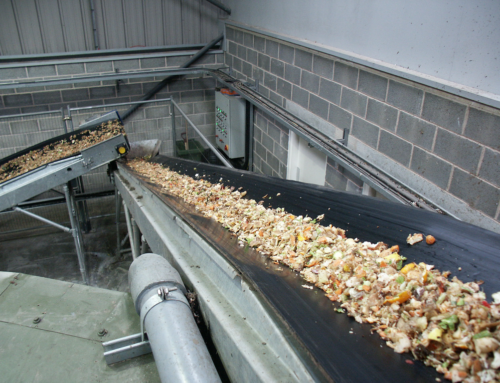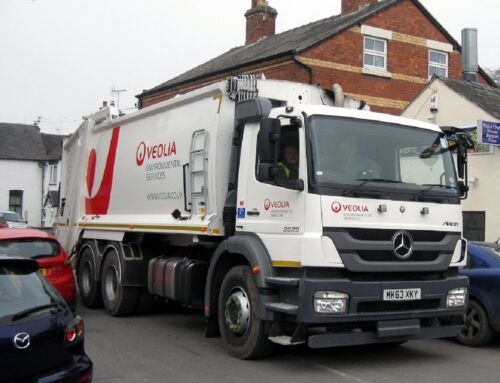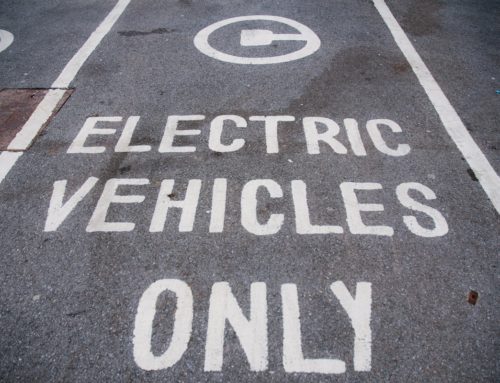by Adam Baddeley and Hattie Parke
7 minute read
How well is the anaerobic digestion (AD) market developing in the UK? It’s a question that should concern not just investors and developers, but also policy makers and anyone else who wants to see more food waste treated higher up the waste hierarchy.
When Eunomia published its AD Market Outlook report in June 2011, it highlighted how difficult project developers were finding it to secure food waste feedstock contracts of the nature required to satisfy lenders and equity investors. Whilst we’ve seen modest growth in the number of AD facilities since then, our recent work for a number of major AD developers has found that, whilst there is a vast quantity of food waste potentially available, it remains difficult to access.
We’re exploring these issues afresh in preparation for a new AD market outlook analysis, which Eunomia will make available in the spring. We’re planning to quantify the food waste potentially available for anaerobic digestion from sectors including food processors, other businesses and households, and to set this alongside an estimate of the capacity of current and likely forthcoming AD facilities.
High-level modelling indicates that a large proportion of the available material is generated by the commercial and industrial (C&I) sector, particularly businesses outside the food manufacturing sector. But there appear still to be several barriers to the development of separate food waste collections to serve these businesses and tap into this large potential supply.
No chicken, no eggs
The first barrier to accessing C&I food waste, in particular from small and medium sized enterprises, is the absence of easy to access collection services. Collectors have a key role to play and indeed are active in providing services to businesses generating larger quantities of material. However, the field is littered with failed food waste collectors that set out with high hopes but weren’t able to establish a business that worked for mid-size and smaller producers.

Man may not live by food alone – but AD is a different story. Photo by OpenIDUser2, via Wikimedia Commons
Part of the problem relates to the availability of treatment infrastructure. It’s one thing to collect a little food waste to help top up an established facility that has the baseload of a big contract in place, but deeply problematic for a collector to set up a service in anticipation of an AD plant setting up nearby. The next AD plant along might lack spare capacity – and transporting food waste large distances is impractically expensive.
Yet it is difficult for treatment operators to secure funding for new facilities without a business case supported by established sources of supply. It’s easy to see why collectors are reluctant to introduce new food waste services until treatment operators have built the necessary AD capacity, and vice-versa. At the moment, that means a lot of chicken and a lot of eggs still ending up in the bin. The extent to which collectors prove willing to ‘ramp up’ in response to any new capacity that is able to be funded through equity investments will be critical to market confidence and the continued growth of the industry.
Weight and see
The traditional approach to pricing commercial waste and recycling collection services, using a volume rather than a weight basis, creates a second major barrier to sourcing food waste from smaller C&I producers. Companies pay for waste collection based on the size of their bin and frequency of their collections. Food waste is a high density, low volume material. Removing food from a residual container to instead be collected separately frees up little space. Few businesses will be able to drop down a bin size or reduce their collection frequency as a result; but they will incur additional costs for a separate food collection service, assuming the services are priced separately. The current system clearly makes separate food collections economically unappealing to SMEs.
There are a few indications that the high cost of disposal (which is charged on a weight basis) may be spurring a move away from pricing purely by volume. Collectors are enforcing weight limits increasingly strictly, and applying additional costs for overweight bins (or turning away the business). AD is cheaper, on a tonnage basis, than disposal through landfill or energy from waste. Once the real cost of disposing of food waste is passed back to the customer, it promotes the removal of heavy materials such as food from the residual stream for separate collection and recycling. Assuming the same contractor operates both parts of the service, such systems offer them an opportunity to increase revenues, and to more effectively charge for food wastes.
Whilst such charging mechanisms are in their infancy in the SME waste and recycling collection market, we expect that charging mechanisms will continue to become more sophisticated over time, thus increasing the opportunity for capture of food wastes for AD.
A problem shared
Traditionally, businesses have procured their waste collection services independently. Since few spend much time choosing a service provider and quality of service is difficult to assess, cost is often the key or deciding factor. If a separate food waste collection incurs additional costs, it’s unlikely that a company will opt for it.
However, both of the barriers described above are being tackled through collaborative procurement. When companies group together to buy services from a single supplier, the higher density of customers results in efficiency savings for the waste collector, which can in turn be passed on to the customer. This brings down the price of collections, particularly of less commonly chosen services such as food waste. In combination with bin weight limits, it can make the business case for separate food waste collections stronger, even for small producers. Under a collaborative procurement, the combined buying power of the businesses makes it worthwhile to adopt a more rigorous selection process which can yield a better deal on service quality: more convenient collection times, a wider range of services, and greater reliability of service.
The big challenge is to find someone in a position to co-ordinate collaborative procurement and to make any up-front investment in the selection process: here Business Improvement Districts (‘BIDs’) are taking the lead. BIDs are business-led and business-funded bodies formed to improve a defined commercial area. Over 150 BIDs have been voted into being across the UK, and early success stories are leading more of them to see waste collection as an area in which they can help local businesses to save.
Food waste services, which currently are selected by relatively few customers and so may involve more travel between collections, offer one of the biggest opportunities to save. Lower prices make it more likely that businesses will opt for separate food waste collections, and concentrate the waste in the hands of a single collector. The existence of collectors with substantial C&I food waste portfolios who can divert some or all of their waste to a new facility that might be more convenient or offer a better price, will help to unblock the AD investment market.
Legal digest
The single most dramatic change that could take place in the market would be regulatory. From 1 January this year, non-rural businesses in Scotland that produce more than 50kg of food waste per week have been required to set it out for separate collection; from 2016 that goes down to 5kg. The Welsh Government’s Environment Bill White Paper proposed giving Welsh Ministers the power to require businesses to separate food waste for collection. In England, legislation may seem much further away, but Government has clearly indicated its support for AD, and calls have been heard from the AD sector and independent think tanks for restrictions on the disposal of food waste to landfill to back this up.
However, it would be unwise for the industry to place all of its eggs in the legislative basket when government’s core concern is to remove measures that it considers burdens on business. AD developers must engage with both collection contractors and their customers to demonstrate the opportunities for and advantages of separate food waste collections, even within the current market. While we’re confident of the long term future for AD, we’re not counting our chickens. Without this kind of engagement, we wouldn’t be surprised to see a number of distressed AD assets appearing on the market in the short term, ripe for the plucking by the more savvy private equity funds or project developers.







I think you have hit the nail on the head – moving away from a price per bin lift to a price per kg will help people see the real cost of waste food collection. Then producers can see the benefit of reducing the amount of waste produced.
Getting the waste to AD rather than landfill is another challenge which needs producers and collectors to work together.
@foodwastetech